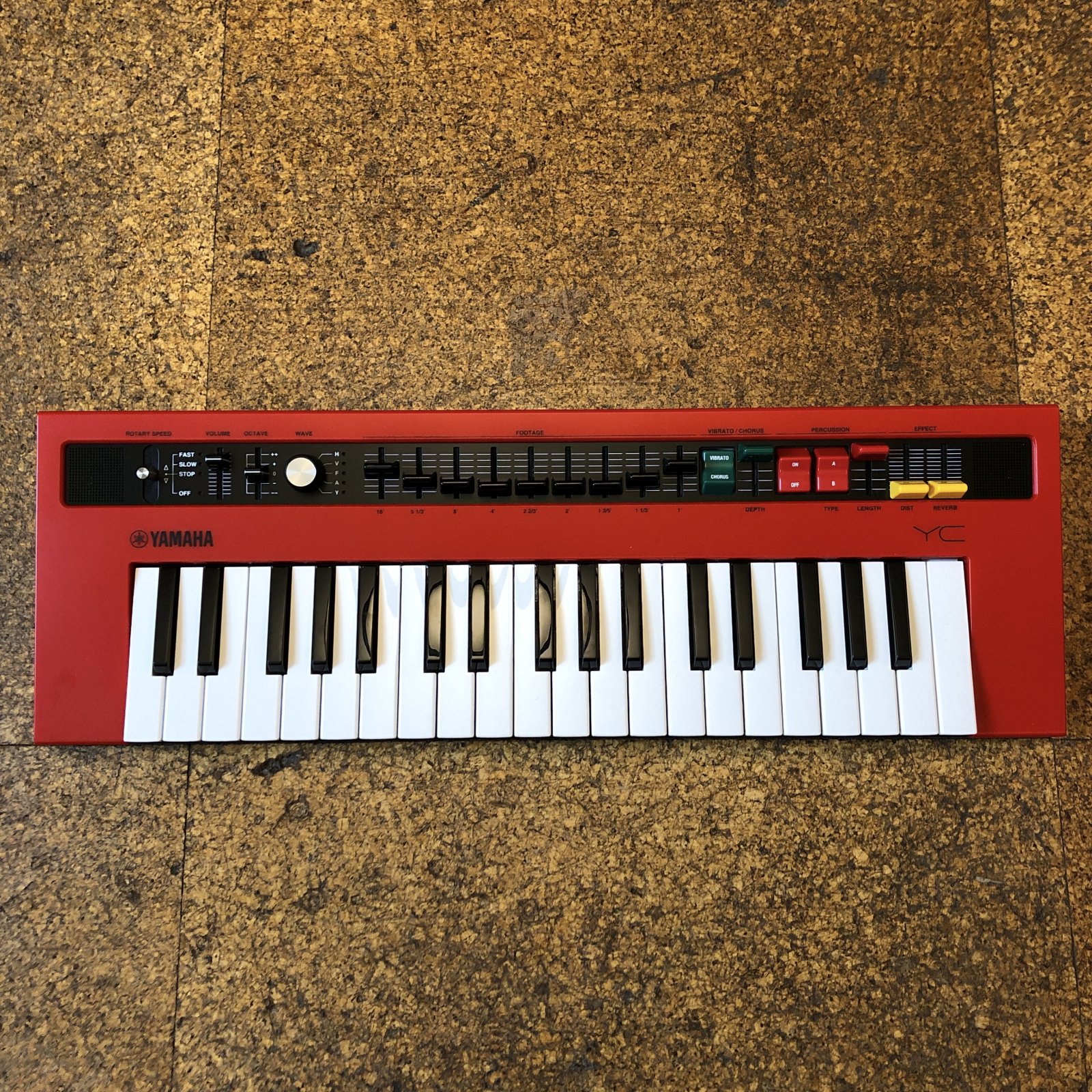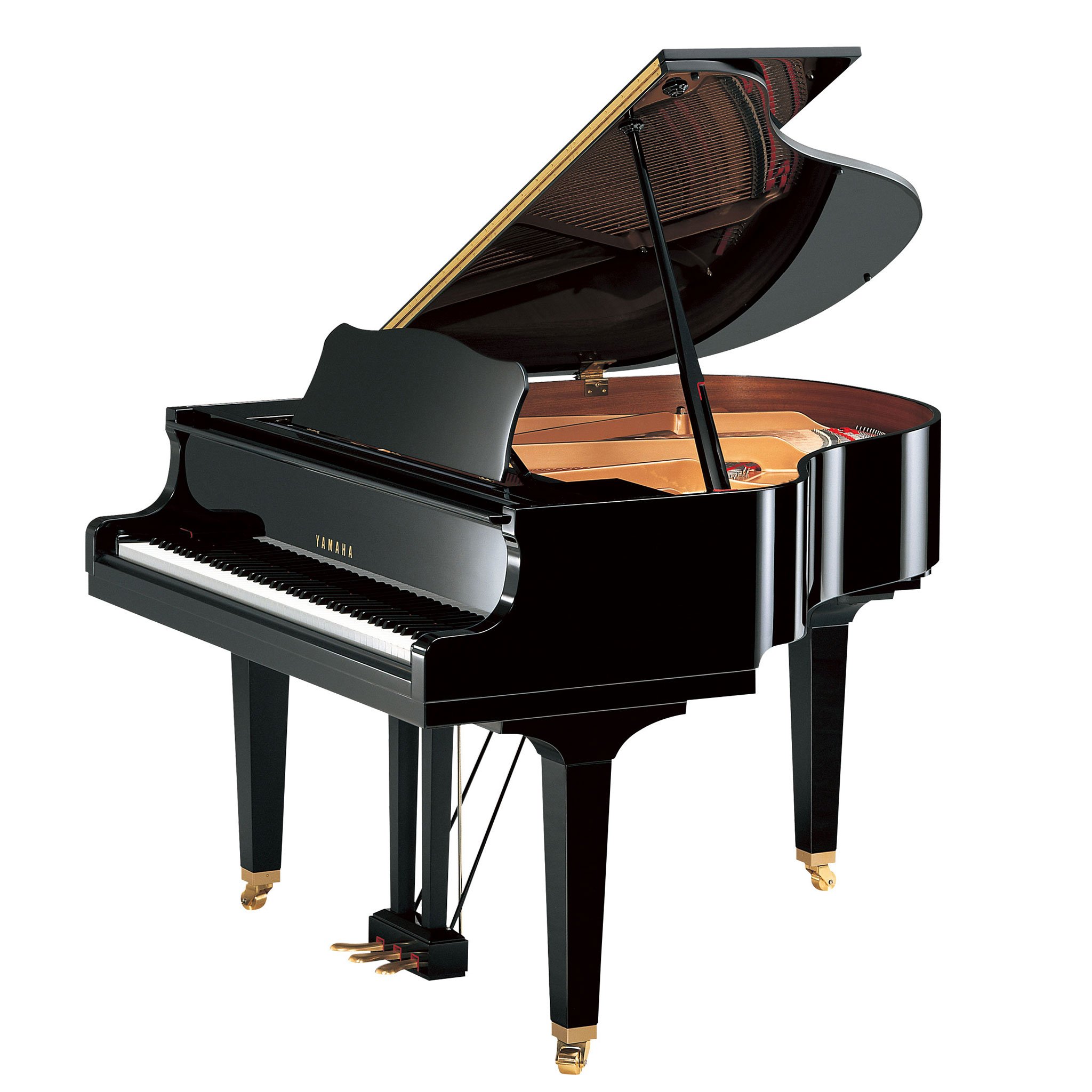Are you curious about the piano and its many styles and features? Perhaps you’ve always wanted to learn how to play but didn’t know where to start. Well, look no further! As someone who has been playing the piano for years, I have a wealth of knowledge on this beautiful instrument.
In this article, we will delve into what exactly makes a piano an instrument, as well as its various types and unique features. From grand pianos to electronic keyboards, there’s something for every type of pianist out there. Whether you’re interested in classical music or modern pop hits, understanding the different styles and features of a piano will help guide your musical journey. So let’s get started and explore all that this incredible instrument has to offer!
So, what type of instrument is a piano?
A piano is a versatile and iconic musical instrument that has been enjoyed by people for centuries. It falls under the category of keyboard instruments, as it produces sound by striking strings with hammers when keys are pressed. The modern piano we know today evolved from earlier stringed instruments such as the harpsichord and clavichord.
There are several types of pianos, each with its own unique style and features. The most common type is the grand piano, which has a large frame and horizontal strings that produce rich, resonant tones. Upright pianos have a more compact design with vertical strings and are popular for home use due to their space-saving size.
Another type is the digital piano, which uses electronic technology to replicate the sound and feel of an acoustic piano. These can range from basic models suitable for beginners to advanced ones used in professional performances.
Pianos also come in different styles based on their intended use or aesthetic appeal. For example, there are concert grand pianos specifically designed for stage performances, while studio upright pianos are preferred by recording artists for their clear tone quality.
In addition to these variations, modern pianos may also include additional features such as pedals (used to sustain or soften notes), adjustable key weight (for customized playing experience), or even built-in recording capabilities.
Overall, whether you’re a classical music enthusiast or just starting your musical journey, there’s sure to be a type of piano that suits your needs and preferences. Its versatility makes it not only an essential instrument in various genres but also a beautiful piece of furniture that adds elegance to any room.
Understanding the Piano: A Classification of Instruments
Understanding the Piano: A Classification of Instruments
The piano, a magnificent instrument often hailed as the king among all music instruments, falls under two distinct categories. In it’s core essence, this majestic creation can be classified typically into Acoustic pianos and Digital pianos. Let us dive in to gain a deeper understanding.
Acoustic pianos are esteemed as traditional or “pure” forms of piano. They are intricate structures made with natural materials that involve wooden soundboards and strings to produce an authentic tonal quality. These types come in various shapes and sizes such as grand, baby grand, upright, spinet etc., each one conferring unique sonic characteristics.
- Grand Pianos: Imposing yet graceful, Grand Pianos have horizontal frame with strings stretched across ensuring optimal sound projection.
- Baby Grand:
- Upright/Spinet Pianos:
The smaller version but shares same construction style to its larger counterpart.
Scaled down versions with vertical structure making them suitable for smaller spaces without compromising on splendid musicality.
On the other hand we have Digital pianos which imitate an acoustic piano’s sounds using advanced digital technology.They’re compact and portable while offering convenience features like headphone compatibility for private practices or built-in rhythm patterns for practice sessions.
In terms of classification:
- Digital Grand Piano:
- Digital Upright Piano:
- Portable Digital Keyboards/Synthesizers :
- Digital Pianos: As tech evolves so does music! Digitals offer variety at your fingertips – they digitally produce sounds mimicking traditional acoustic pianos and also carry extra features like recording options.
- Electric Keyboards: Lighter than digital ones yet capable of producing wide palette of sounds beyond traditional piano tones.
- Hybrid Pianos: A blend of acoustic charm & digital wizardry – best pick for those who value classical touch but appreciate modern conveniences.
- A lighter action may cause less hand fatigue but could limit precision.
- A heavier action offers more control over volume and tone but requires greater finger strength.
- Elevating lyrical themes,
- Rhythmically driving their compositions,
- Crafting memorable hooks.
- A novice might play simple melodies
- An intermediate player would venture into complex pieces
- A seasoned pianist could breathe life into scores with stunning improvisation skills.
An elegant blend of high tech digital capabilities housed inside a classic grand-style cabinet.
A fusion pursuit targeting small space constraint yet delivering elevated auditory aesthetics.
Affordable choices preferred by beginners providing myriad sound options besides basic piano tones.
A precise understanding of these classifications will guide anyone in their journey to mastering the truths and beauties concealed within piano keys. The choice essentially lies between traditional authenticity or modern convenience, each path leading towards a world steeped in musical expressions.
Exploring Different Types of Pianos: Grand, Upright, and More
Even if you’re a seasoned musician or just dipping your toes into the delightful world of music, delving into the universe of pianos will make you feel like an astronomer discovering new galaxies. There is a galaxy hidden in each piano; it’s deeply engaging and vast with its different types including grand, upright, and more. Let me walk you through some major types.
Grand Pianos, true to their name, are large and magnificent instruments known for their powerful sound that fills concert halls without needing an amplifier. They come in various sizes; from baby grands which can fit cozily into a home setting to concert grands that command space on stage.
Upright Pianos, also known as vertical pianos due to their height and position of strings, present an ideal choice for those who have limited space but don’t want to compromise on sound quality. Their notes float off upwards making them perfect for intimate settings.
Further categories open up once we delve deeper:
So whether you’re aspiring Beethoven or Elton John there’s bound be one type perfectly suited to channel your creativity!
Read also: what type of instrument is a piano
Key Features to Consider When Choosing a Piano
When you’re on the hunt for a piano, one of the first things to keep in mind is its sound quality. A piano’s sound should resonate with richness and depth. However, what sounds pleasing to one person might not be appealing to another, so it’s important that you personally try out different pianos before making a decision. The ability to deliver both loud and soft notes with clarity is also essential.
Next up are elements related to construction and design. You’ll certainly want your piano to be durable, sturdy, and made from high-quality materials as these properties contribute largely towards its longevity. Look at features like cabinet style, which refers to the overall look of the instrument – traditional or modern; upright or grand? Then there’s the key touch weight – does pressing a key feel light or heavy? Remember:
The number of keys is another factor (most pianos have 88), especially if you aim for complex compositions.
Choosing a piano involves considering many aspects together including sound quality, durability, design aesthetics as well as practical functionality such as number of keys and touch weight preferences.<
 what type of instrument is a piano
what type of instrument is a piano
The Role of the Piano Across Musical Genres
The piano has firmly established its presence in the rich tapestry of music, undeniably serving as a cornerstone across numerous musical genres. From classical sonatas to jazz improvisation, this versatile instrument commands a central role due to its broad range and tonal capabilities. The sound that emanates from its strings, when struck by hammers controlled by the keys, is nothing short of magical – painting vivid melodies that can capture an array of human emotions. In many orchestral compositions or symphonies, for example, you will often find pianos setting the pace or carrying thematic elements within a piece.
In different genres like pop and rock too, you’ll notice how prominent the role of piano really is! It’s not just about laying down chords anymore; intricate solos whirled into mesmerizing verses and choruses are commonly encountered in such popular genres. Yet another genre where we see significant usage of piano is Jazz; with its characteristic rhythms and improvisations, generating colorful harmonic progressions. Think about iconic artists like Elton John or Billy Joel in pop/rock music or Thelonious Monk & Bill Evans in Jazz – their use of piano significantly shaped their songs:
The Piano, thus forms an integral part — be it leading the song structure or complimenting other instruments beautifully—across various musical landscapes.
You may also like: yamaha studio piano
Conclusion: Appreciating the Versatility and Beauty of Pianos
Have you ever stopped to think about the beauty and versatility of a piano? It’s such an amazing instrument with a rich, bold sound that can captivate anyone within earshot. The very structure of this musical marvel is meticulously created – each key precisely tuned, producing each note to perfection. Consider also how effortlessly it manages to embody contrasting virtues: sturdy, yet elegant; classic, yet versatile. Whether it serves as the centerpiece in a grand concert hall or sits humbly in your living room corner, its presence never fails to command admiration.
Delving further, let us not forget the vast range of music genres and styles that pianos lend themselves too – from delicate classical compositions like Beethoven’s “Moonlight Sonata” all the way through jazzier tunes like Duke Ellington’s “Take The A Train.” Few instruments could claim such adaptability. Even more wonderfully unique is how every individual can bring their personal touch when playing this fabulous instrument.
So next time you see a piano or hear its resonating tones, take just a moment longer to appreciate its profound elegance and incredible versatility!

